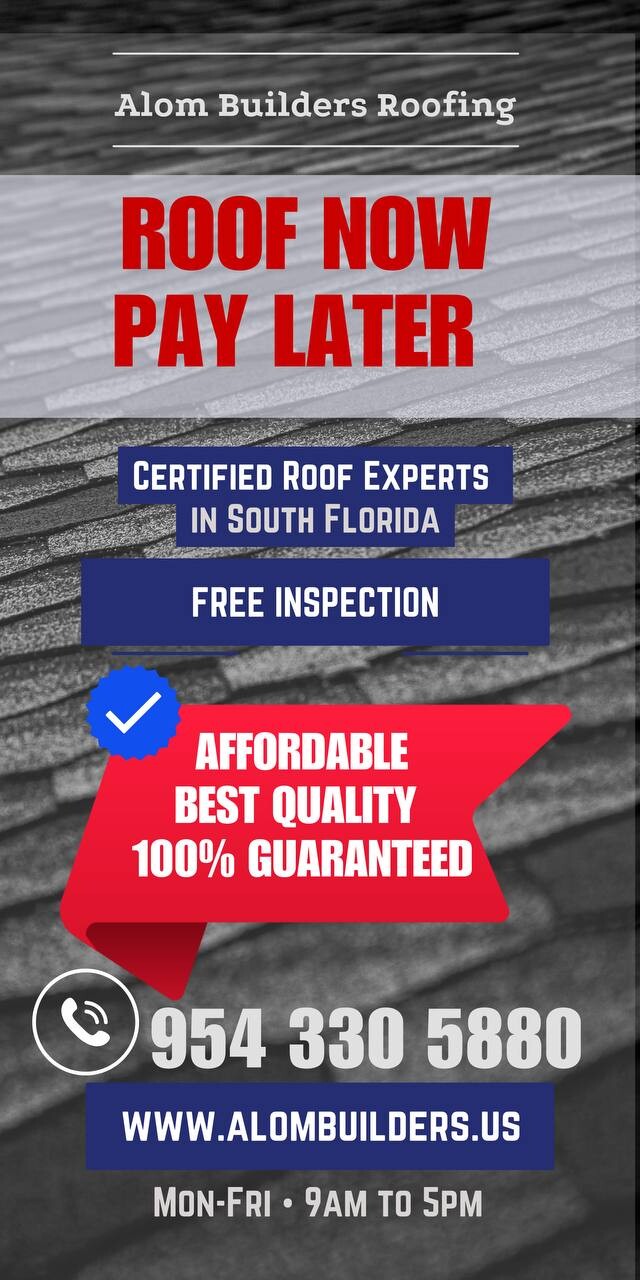[ad_1]
Bad Credit Roof Financing Options: A Lifeline for Homeowners in Need
Understanding the Importance of Roof Financing
When it comes to homeownership, few things are more daunting than a damaged or outdated roof. Not only can a faulty roof compromise the structural integrity of your home, but it can also lead to costly repairs and even safety hazards. As a result, it’s essential to prioritize roof maintenance and repair. However, for many homeowners, the cost of a new roof can be prohibitively expensive, especially when dealing with bad credit. In this article, we’ll explore five bad credit roof financing options to consider when you’re in a pinch.
Option 1: Home Equity Loans
Tapping into Your Home’s Equity
For homeowners with significant equity in their property, a home equity loan can be a viable option for financing a new roof. By borrowing against the value of your home, you can access a lump sum of cash to cover the cost of repairs. Home equity loans typically offer fixed interest rates and repayment terms, making them a more predictable option compared to other forms of financing. However, be sure to carefully review the terms and conditions of your loan to ensure you’re not over-extending yourself.
Option 2: Home Equity Lines of Credit (HELOCs)
A Flexible Financing Solution
Another option for homeowners with equity is a home equity line of credit (HELOC). A HELOC allows you to borrow funds as needed, up to a predetermined limit, and repay the borrowed amount over time. This flexibility can be particularly useful for homeowners who need to finance a series of smaller repairs or maintenance tasks. As with home equity loans, be sure to carefully review the terms and conditions of your HELOC to ensure you’re not over-extending yourself.
Option 3: Personal Loans
A Credit-Based Financing Option
For homeowners without significant equity in their property, a personal loan can be a viable option for financing a new roof. Personal loans are credit-based, meaning that your credit score will play a significant role in determining the interest rate and repayment terms you’re offered. While personal loans can be more expensive than other options, they can provide the necessary funds to cover the cost of repairs. Be sure to carefully review the terms and conditions of your loan to ensure you’re not over-extending yourself.
Option 4: Credit Cards
A High-Risk, High-Reward Financing Option
For homeowners with bad credit, credit cards may seem like a last resort for financing a new roof. However, in some cases, credit cards can provide the necessary funds to cover the cost of repairs. Be aware that credit cards often come with high interest rates and fees, making them a high-risk option. Additionally, missing payments or exceeding your credit limit can further damage your credit score. As such, credit cards should be used with caution and only as a last resort.
Option 5: Roof Financing Companies
Specialized Financing Options
Finally, there are roof financing companies that specialize in providing financing options for homeowners in need. These companies often offer more flexible repayment terms and lower interest rates compared to traditional lenders. By working with a roof financing company, you can access the funds you need to cover the cost of repairs without breaking the bank. Be sure to carefully review the terms and conditions of your loan to ensure you’re getting the best possible deal.
Conclusion
In conclusion, financing a new roof can be a daunting task, especially for homeowners with bad credit. However, by exploring the five bad credit roof financing options outlined above, you can access the funds you need to cover the cost of repairs. From home equity loans to credit cards, each option has its pros and cons, and it’s essential to carefully review the terms and conditions of your loan to ensure you’re getting the best possible deal. By doing so, you can protect your home and your family from the dangers of a damaged or outdated roof.
[ad_2]
 +1 954-228-7485
+1 954-228-7485 